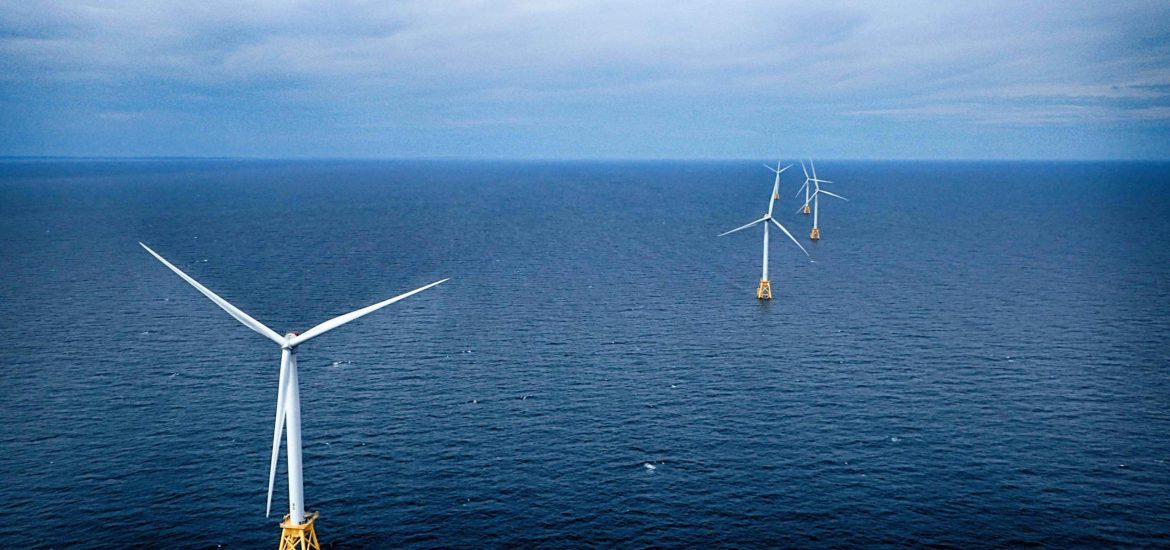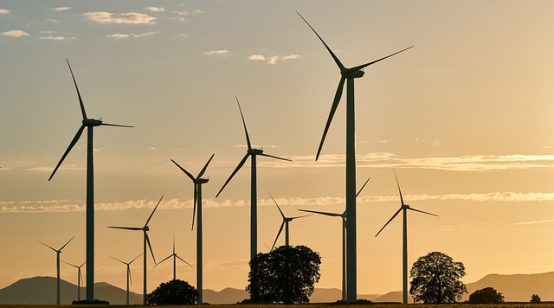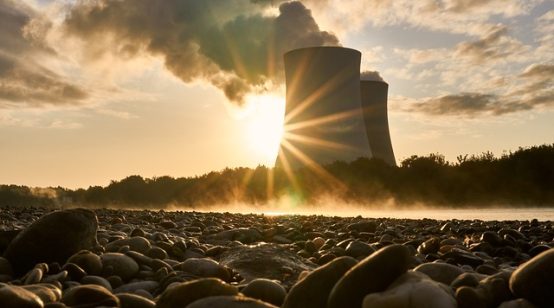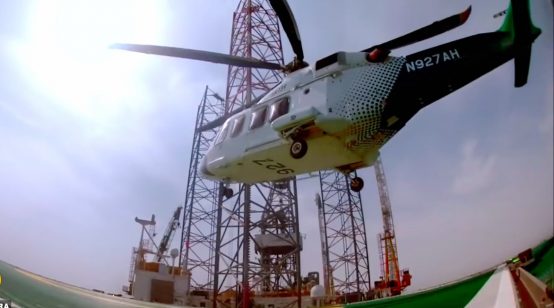

Dan Drollette Jr., Deputy Editor at the Bulletin of the Atomic Scientists, recently wrote a highly engaging, expansive piece for the Bulletin about the pilot project for offshore wind in North America on Block Island off the coast of the U.S. state of Rhode Island. The success of this 30-megawatt (MW) project is leading other states along the Atlantic coast, including neighboring Massachusetts, to embrace offshore wind. Energy Reporters’ Editor-in-Chief John Bowlus caught up with Dan to discuss the project and what we can expect about the growth of offshore wind and renewables more broadly in the United States.
You know Block Island well from spending summers there, and it is a unique place from your account. Why do you think Block Island become the pilot project for offshore wind in North America?
DD: Well, as you know from reading the article, there were several things that came together at Block Island. It is home to some of the highest electricity prices in the nation, which meant that people were eager to try alternatives that might be cheaper. (One local business was paying $30,000 per month for the electricity generated by the town’s diesel-powered generator.) And Block Island happens to be located in an area with some of the strongest, most consistent winds in the world — making it what one wind power company worker called “the Saudi Arabia of wind.” And the island is located close enough to large population centers on the mainland that it is relatively easy to pipe the electricity generated by that wind to the mainland. So, a lot of different things happened to be in just the right place at just the right time.
The Danish started investing in offshore wind technology in the 1970s and have now made it incredibly cheap, “possibly even cheaper than coal” as you note. Low costs are driving the shift in America, but how have residents of Block Island taken to problems of intermittency, if there have been any?
DD: From the point of view of the folks on Block Island, their energy supply is now much more stable and consistent than it ever was before. Previously, they were pretty much absolutely reliant on the town’s diesel generator for their electricity supply. And since the island is about 14 miles away from the nearest supply of diesel fuel on the mainland, that meant that they were totally at the mercy of the weather and the sea conditions for their supply of fuel. If the diesel generator ran out of gas and there was not enough stockpiled on the island, it might be a long time before the next ferry boat could arrive with more gas for the generator (at prices about 3 or 4 times higher than what they are on the mainland). And winters off the New England coast can be harsh — meaning that there might not be any boats going between the island and the mainland for several days, during which there would be no electrical power.
So now, with electricity coming in from windmills just a few miles off of Block Island’s shores, the situation is completely different — power is actually more consistent than before; there has been no intermittency problem. In fact, islanders told me that during the last major hurricane, while power was out on the mainland, Block Island itself was completely unaffected. Which they seemed very pleased by.
Did Obama-era policies play any role in getting the pilot project going on Block Island, how has the Trump Administration affected policy, and does the 2020 election matter to the future of this story?
DD: The history of modern offshore wind power in the USA can be traced to a company called Cape Wind in the early 2000s — which was during the Bush administration. And the technology just wasn’t developed enough at the time, and the wind farms were just too close to the mainland, affecting the “viewscape” of some very wealthy people who didn’t like the sight of windmills turning in the distance. So, there was a lot of resistance to it, as outlined in the excellent book “Cape Wind: Money, Celebrity, Class, Politics, and the Battle for our Energy Future.”
That pretty much continued during the Obama era as well. But the difference was that by then — about a dozen years later — the technology had been worked out, so that windmills could be way out to sea, beyond the sight of the mainland, so no one’s viewscape was affected. (And the folks on Block Island, nearest to the wind farm, didn’t really generate the same visceral hatred of offshore windmills.) That was really was what it was all about— the improvements to the technology.
And just to be sure there would be minimal bad effects, folks at the University of Rhode Island did all kinds of studies into the potential effects of a wind farm, from the point of view of its impacts on tourism, marine mammals, the environment, commercial fisheries, real estate values, economics, historic sites, bird migrations, Native American sites — you name it. And they found minimal impact.
But unfortunately, just when all these things were settled, along came the climate change-denying Trump Administration, with its heavily pro-fossil fuel emphasis. And they’ve been trying to move the goal posts, administratively, so that a full-blown, large-scale, commercial version of offshore wind power will not happen.
But I don’t know if they’ll succeed. Wind power and solar have gotten so cheap, and they are so obviously better for the planet. And there is so much money invested in wind power now, by deep-pocketed investors such as major banks, investment firms, and so forth. And that means that a lot of jobs are involved. And a lot of wind power is found in places that are deep-red states, such as Texas — and ranchers seem to have no problem with windmills. As one of the people I interviewed said, wind power has gone mainstream; it’s no longer run by a bunch of bearded guys running around in the woods in tie-dyes and bell bottoms.
In answer to the last part of your question, I really don’t know what would happen if Trump wins the 2020 election. It’s one thing for Trump to take on some leftover hippies talking about some energy dream in the future; it’s another for him to take on bankers, investment firms, workers in the field of renewable energy, and Texas ranchers.
Let’s just hope that we don’t have to find out.
The U.S. Department of Energy predicted in 2015 that offshore wind would grow to 22,000 MW by 2030. Do you think success in offshore wind can encourage onshore wind and other renewable energies in non-coastal parts of America and what do you see as the major hurdles?
DD: I saw those same figures. I think that just getting offshore wind going successfully in the United States would be a major win for the planet; people like Amory Lovins of the Rocky Mountain Institute looked at the statistics and said that there is enough wind power available off of the East Coast of the United States to provide electricity for everyone on the East Coast — where a huge proportion of people live in the United States.
As for what it could do to onshore wind, your guess is as good as mine. Offhand, I’d imagine it would provide a bit of a boost to an already thriving onshore wind business; I’ve seen numerous articles saying that wind and solar could provide most of the power needs of the United States.
What energy-related story do you plan to look at next?
DD: I’m not sure yet. Onshore wind might be interesting, as would a really good, in-depth look at the latest developments in battery storage. I happened to interview someone named Steven Chu one time — a Nobel Prize-winner in physics, who was the US Secretary of Energy before he retired toward the end of the Obama era. And it was interesting to hear Chu say that out of all the possible things in the world that he could have chosen to do after such a prestigious career, and with such a wealth of opportunities at his feet, Chu really wants to get back in the lab and research how to make a better battery.
Photo credit: wikipedia.





